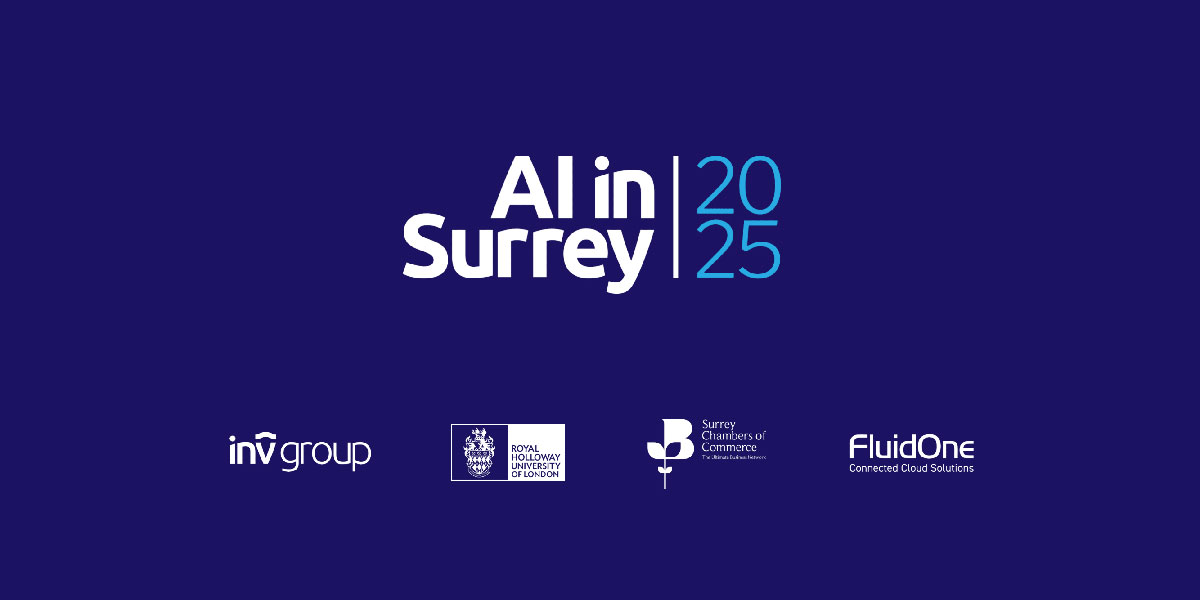The interest and excitement around blockchain technology seems to know no bounds. Every day I see new articles, companies, and announcements declaring its virtues. Even watching the TV I was astounded to see a 30 second advert finish with the bold statement that this payment infrastructure was better because it was “…secured by blockchain”. Is there nothing this technology cannot do?
Unsurprisingly, the first grumblings about the lack of measurable impact of Blockchains are being heard. There are even suggestion that it is becoming “boring”. The first flush of excitement is over, and the harder questions about its utility are being asked. Going beyond experimentation to mass adoption is going to be hard. Has blockchain lost its mojo?
But before we get too carried away, it is useful to think a little more deeply about what this technology is, and is not. As with all emerging technologies, there are several indications of its progress that help us identify its maturity, and guide us in its use. In particular, there are 4 important phases to consider when contemplating whether blockchain technology is right for you.
Phase 1: Understand blockchain’s fundamental utility and value
Phase 2: Create a decision framework to decide on its application and differentiation in your context
Phase 3: Establish a set of clear architectural and development patterns to know how to apply it
Phase 4: Gather use cases of market successes and failures and learn from them
Let’s look at each of these in turn.
In Phase 1, the focus on blockchain utility is, of course, an important and useful initial step. Early excitement about a technology is inevitably followed by a period in which the question “what’s it for?” needs to be answered in terms of unique selling points, market impact, and integration into current sales and support mechanisms. Basic understanding of the principles of blockchain and DLTs is still rather poor. Don’t even start down the road with these technologies until you have a clear view of the distinction between bitcoin, cryptocurrencies, shared ledgers, distributed trust mechanisms, and the different shared consensus mechanisms. Without this you’ll be shooting in the dark.
For Phase 2, armed with that core understanding, the attention can turn to whether and where it can best be used. Several recent articles have provided decision frameworks that help us understand where blockchains can be used, and where they are no better than, say, a distributed database or shared data store. The advantages of blockchain come to the fore if the disintermediation and transparency of transactional behaviour are essential to your situation. Even more so when the verification of that information requires shared consensus across a wide range of stakeholders (nodes). But remember that the overhead of this approach is not appropriate for every form of data exchange. If very high performance is essential, think again.
Phase 3’s focus is on building and integrating blockchain capabilities into your ways of working. It requires an understanding at a deeper operational and performance level. We’re early in the evolution of blockchain implementation. As a consequence, there is quite a variety of choice across technology infrastructure, data management approaches, and technology stacks. All blockchain vendors will claim the twin advantages of high performance and interoperability with other systems. All of them fail to live up to the claims in other than very limited circumstances. So it is essential to do your homework to understand the environment in which you’ll deploy your solution, define the operational characteristics for any solution, and architect it appropriately to ensure its success. Reference architectures may provide high-level blueprints to start your journey.
Finally, in Phase 4 a deeper understanding can be obtained. The best way to learn right now is to explore any and every example you can find of blockchain deployment. With the immaturity of this domain, new ideas are being continuously tried. Exploring new patterns of use will help to do 2 things. First, it will open your eyes to the different ways that blockchains are being used, and help you to build an architectural vocabulary for testing the strengths and weaknesses of any new blockchain solution as it emerges. Second, it will build your networks of people and organizations involved in blockchain solutions delivery. Both of these will be critical success factors as you move forward.
A final word of caution, however. Before we all congratulate ourselves on the how we’ve tamed the blockchain dragon, it is critical we remember something of the origins of this technology. As with many key digital technologies the starting point was anarchy and rebellion against “the system”. In this case, the original work by Nakamoto and the bitcoin revolution was intended to break centralized governance of the financial system. Not refine and augment it. While the corporate world neatly slots blockchain into its long list of “technologies for the future” that reinforce their position, a more radical vision is struggling to emerge. Beware. This one may have sharp teeth!





